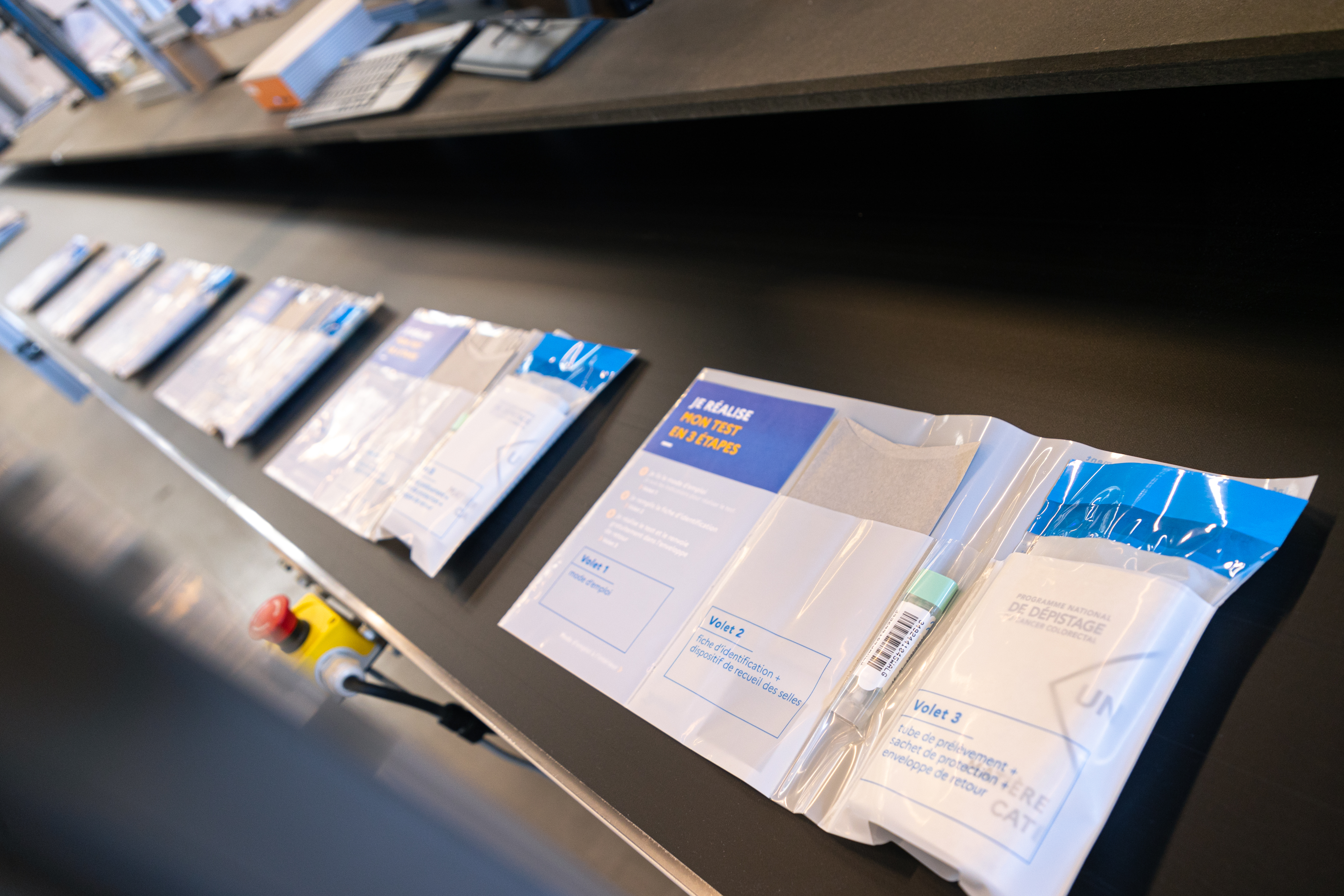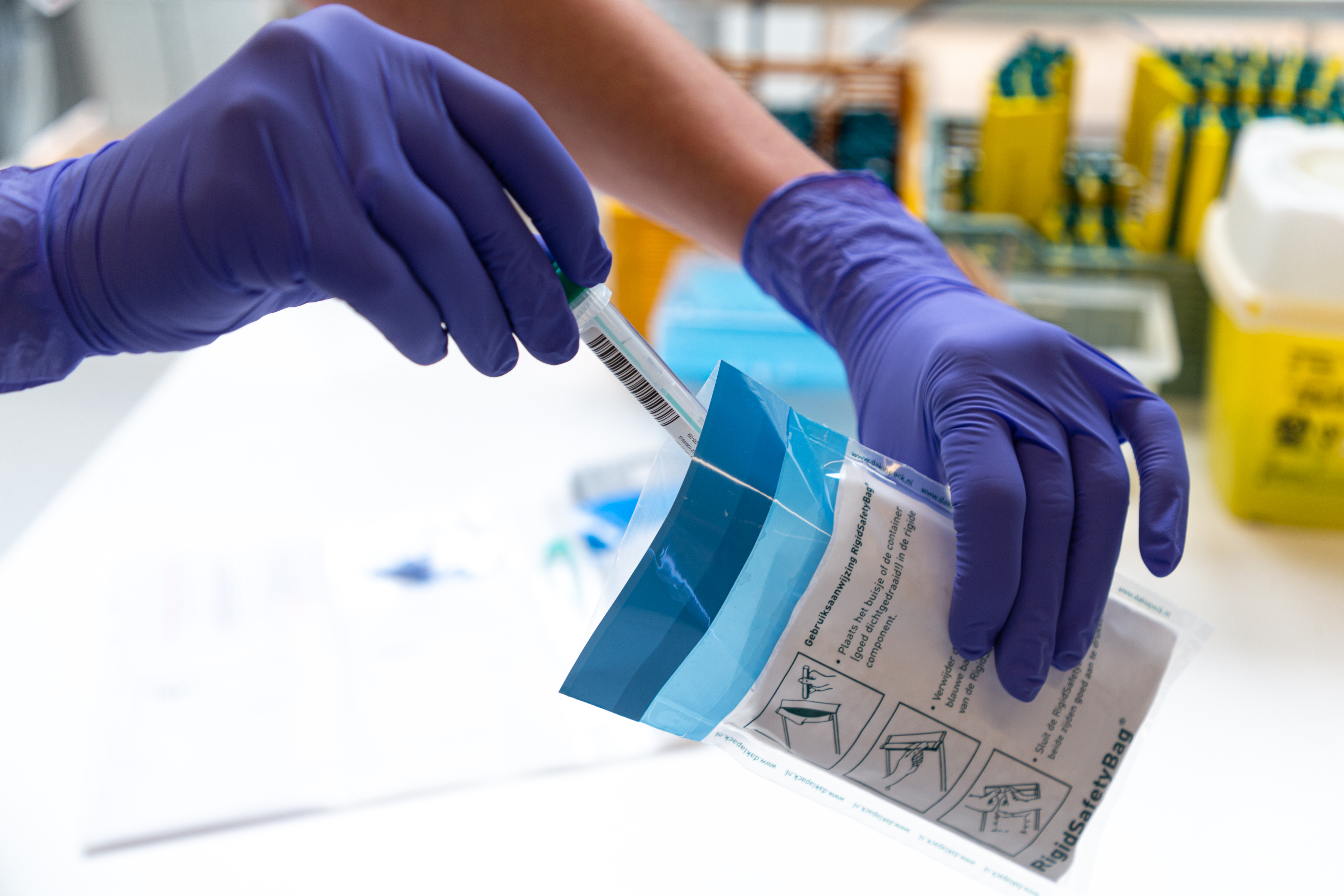


Introduction
In the evolving landscape of healthcare, the importance of effective medical packaging cannot be overstated. Medical packaging ensures that products reach healthcare providers and patients in optimal condition, safeguarding their integrity, safety, and compliance with regulations. As we delve into Medical Packaging: Ensuring Safety and Compliance in Healthcare, we will explore various aspects of this vital industry. From regulatory requirements to innovative sustainable solutions, the following sections will provide a comprehensive overview of medical packaging's role in modern healthcare.
Medical Packaging: Ensuring Safety and Compliance in Healthcare
The foundation of any successful healthcare system lies in its ability to deliver safe and effective products. Medical packaging plays a pivotal role by protecting goods from contamination, damage, and degradation during storage and transportation. Whether custom packaging bags it involves pharmaceuticals, devices, or biologics, the right packaging ensures that these critical items maintain their efficacy until they reach the end-user.
Importance of Medical Packaging in Healthcare
1. Protection Against Contamination
Medical products are often sensitive to environmental factors such as moisture, temperature fluctuations, and light exposure. Proper medical packaging acts as a barrier against these contaminants, ensuring that the product remains sterile until it is used.
2. Regulatory Compliance
Healthcare is one of the most regulated industries globally. Medical packaging must comply with stringent guidelines set forth by authorities like the FDA (Food and Drug Administration) or EMA (European Medicines Agency). Non-compliance can lead to serious repercussions, including product recalls or fines.
3. Traceability
Modern medical packaging includes unique identifiers such as barcodes or RFID tags that facilitate traceability throughout the supply chain. This feature is crucial for monitoring product safety and efficacy post-distribution.
Types of Medical Packaging Solutions
1. Primary Packaging
Primary packaging refers to the material that first envelops a product, protecting it from external factors while maintaining quality. Examples include blister packs for tablets or vials for injectable medications.
2. Secondary Packaging
Secondary packaging serves as an additional layer of protection. It groups primary packaged products for distribution and storage purposes—think boxes or cartons containing multiple vials.
3. Tertiary Packaging
Tertiary packaging is designed for bulk transport. This includes pallets or shipping containers used when transporting large quantities of products.
Materials Used in Medical Packaging
1. Plastic Materials
Plastic materials like polyethylene are widely used due to their lightweight nature and resistance to moisture. They can be customized for specific applications such as liquid packaging or supplement packaging.
2. Glass Containers
Glass is often preferred for pharmaceuticals due to its inert nature; it does not react chemically with medication.
3. Metal Containers
Metal containers provide excellent protection against external factors but are less commonly used than plastic or glass due to weight considerations.
Innovations in Medical Packaging
1. Sustainable Packaging Solutions
As global awareness about sustainability grows, many companies are shifting towards eco-friendly options like compostable stand-up pouches and recycled materials for medical packaging.
2. Smart Packaging Technologies
Smart technologies embedded within medical packages can monitor environmental conditions during transit—alerting stakeholders if conditions fall outside acceptable ranges.
Challenges Faced by Medical Packaging Companies
While there are many benefits associated with effective medical packaging, several challenges persist:
- Regulatory changes can make compliance difficult. The need for customization can increase costs. Rapid technological advancements require constant innovation.
The Role of a Specialized Packaging Company
Collaboration with a specialized packaging company ensures that healthcare organizations receive tailored solutions meeting their unique needs while adhering to regulations.
Key Standards Governing Medical Packaging
Several standards exist globally to ensure that medical packaging meets safety requirements:
| Standard | Description | |----------------------|----------------------------------------------| | ISO 13485 | Quality management systems for medical devices | | ASTM D6400 | Defines compostable plastic materials | | FDA 21 CFR Part 820 | Good Manufacturing Practice regulations |
FAQ Section
Q1: What is medical packaging?
A1: Medical packaging refers to materials used to protect pharmaceutical products and medical devices from contamination while ensuring regulatory compliance throughout their lifecycle.
Q2: Why is sustainable packaging important in healthcare?
A2: Sustainable packaging reduces waste and environmental impact without compromising product safety or efficacy—an essential consideration given increasing regulatory scrutiny on environmental practices.
Q3: How do smart technologies enhance medical packaging?
A3: Smart technologies help monitor various environmental factors during transportation—ensuring conditions remain optimal and alerting stakeholders when deviations occur.
Q4: What materials are commonly used for liquid medical products?
A4: Liquid medications typically use glass vials or flexible plastic bags designed specifically for liquid packaging—ensuring sterility and ease of administration.
Q5: What are biohazard specimen bags?
A5: Biohazard specimen bags are specially designed bags used for transporting potentially infectious samples securely while complying with applicable safety standards.
Q6: How does traceability benefit the healthcare supply chain?
A6: Traceability allows stakeholders to track products through each stage of distribution—helping prevent counterfeit drugs from entering the market while enhancing overall patient safety.
Conclusion
In summary, Medical Packaging: Ensuring Safety and Compliance in Healthcare encompasses a myriad of responsibilities aimed at delivering safe healthcare solutions efficiently. The integration of innovative technologies alongside adherence to Custom Packaging rigorous standards not only enhances patient safety but also fosters trust within the healthcare ecosystem.
As we move forward into an era defined by rapid technological advancements coupled with a more significant emphasis on sustainability practices—from compostable stand-up pouches to recyclable options—the future appears promising yet challenging for those involved in this critical sector.
This article provides an expansive view on "Medical Packaging" while incorporating essential keywords naturally throughout its content structure as per your request.